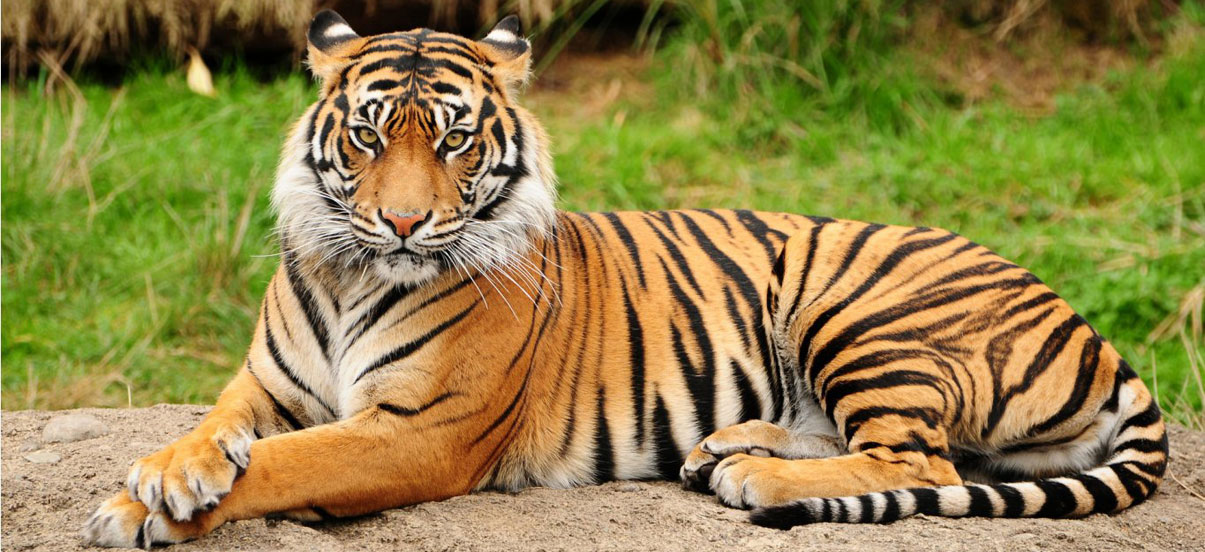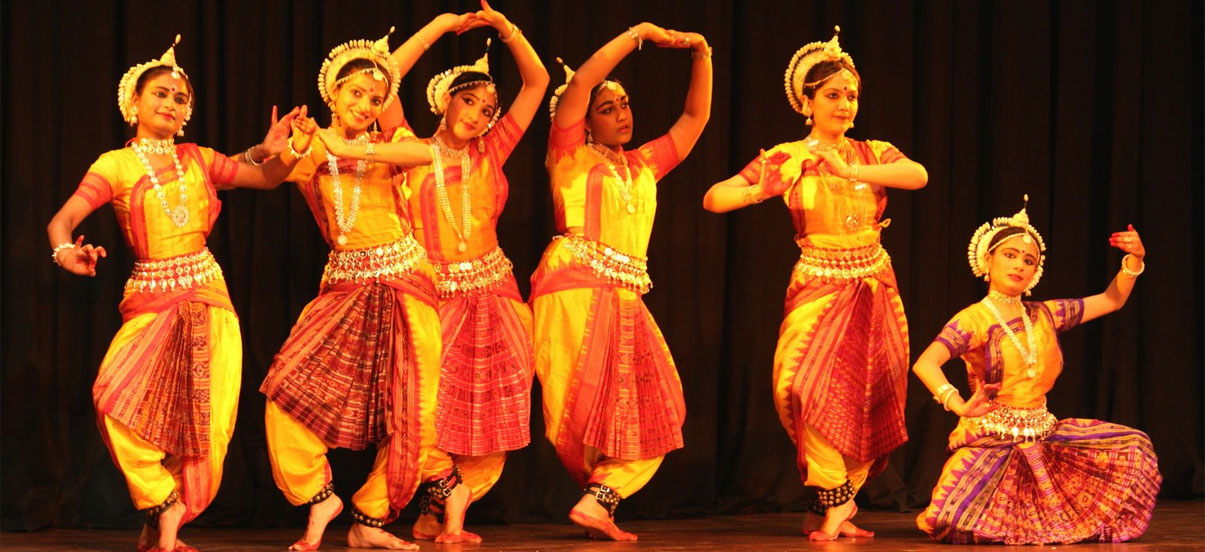1. Solah Shringar are the sixteen adornments of a woman done on the bride.
2.Shodasha Upachara Pooja is sixteen steps of pooja, detoxification and attending to a guest at home.
3. Shiva is worshipped in Chaturmas as the sixteen Monday fasts.
4. Four Tuesdays of Shravan month are worshipped as Pooja of Mangala Gauri where one does every step either sixteen times or with sixteen things at a time.
Shodasha Upachara Pooja:
Pooja means to take care or to serve. Pooja involves sixteen steps of any deity worship. As GOD recites within us we should incorporate these sixteen basic steps in our daily routine or dincharya. These sixteen steps also form our dealing with our guests (atithi devo bhava or treat guests as God).
These sixteen steps should become a part of the daily routine. Following are the sixteen steps
1. Dhyana (focused attention) and Avahana (welcome): welcome the new day with a concentration on the self. This reminds us about the force controlling us. It also makes us aware about our soul profile and keeps us away from the ego profile.
2. Asana or sitting and planning for the day starting with detoxification of body, mind, intellect, ego and the environment.
3.Padhya or washing the feet. Feet should be washed first in the body to remove all the dirt we may be carrying from the environment.
4.Argya or washing the hands, which are the next to be washed after the feet.
5. Achamanya and Madhuvarg mean cleaning the mouth and face. Mouth hygiene is very important in preventing diseases. Madhuvarga is a beverage made of honey and milk used for mouth rinsing.
6. Abhishekam or full body bath with water, milk, rose water, sandalwood paste or panchamrat (milk, curd, honey, ghee, sugar). It provides natural bathing without soap.
The next six steps (7th to 12th) involve various offerings to the body.
7. Wearing Vastra or dress.
8. Yagnopaveetham or wearing the sacred thread as a reminder of the purpose of my life.
9. Gandha : Sandalwood / kum-kum red powder
10. Wearing Abarana or ornaments.
11. Pushpam or archana using flowers of various types
12. Dhoopam or igniting an incense stick like an agarbathi.
13. Deepam or lighting the lamp. It also indicates lightening the whole house as the day starts.
14. Naivedya or offering satvik food (fruits or cooked food including kheel and patasha symbolizing fulfilled desires). It is followed by Tambol (supari, pan, betel leaves, and clove) symbolizing internal cleansing.
15. Arti which is lighting camphor and reciting mantras or prayers. Mantras here symbolize the intentions or the check list of the day to be completed by the end of the day. The Arti ends with Dakshina, a reminder to start the day with some charity.
16. Pradakshina and Namaskara or surrendering to the self and the GOD for giving us one another day to live. It also invokes humility within us to live yet another day full of inner happiness.
Solah Shringar:
The ritual is said to correspond to the sixteen phases of the moon which has a negative effect on the woman’s menstrual cycle. Solah Shringar is said to nullify this effect. Solah shringar (literally meaning sixteen decorations) and is traditionally marked by the sixteen items of cosmetics and jewelry. Beautification of the bride consists of sixteen parts and starts from the top with her hair and ends at her toe.
1. Bindi, a sacred symbol of a married woman.
2. Sindoor or vermillion is a sacred symbol of suhaag.
3. Maangteeka is a hair accessory worn on the central parting of the hair made of gold.
4. Anjana or Kajal is applied on the edges of the upper and lower eyelids.
5. Nath or nose ring, of gold is generally worn on the left nostril and is often supported by a gold chain, which extends just behind left ear.
6. Haar: After the face, next comes the neck of the bride. It is adored with beautiful haar or necklace.
7. Karn Phool or ear rings or karn phool adorn the ear.
8. Mehendi signifies the essence of love and is applied on the hands and feet.
9. Choodiyan or bangles adore the wrist.
10. Baajuband or armlets are worn on the upper arms of the bride.
11. Aarsi is a thumb ring and has a mirror embedded on it and enable the bride to have a glimpse of herself as well as her life-partner.
12. Keshapasharachana: Apart from the make-up, hair style plays an imperative role in determining the look of the bride.
13. Karmarband is a waist band that is tied on the waist line of the bride.
14. Payal & Bichuas is a thick silver chain that is tied on the ankle. Bichuas or toe rings are similar to rings worn in the fingers of the hand.
15. Itar is a special fragrance that is applied on to the bride.
16. Bridal Dress is the special bridal dress.
0











